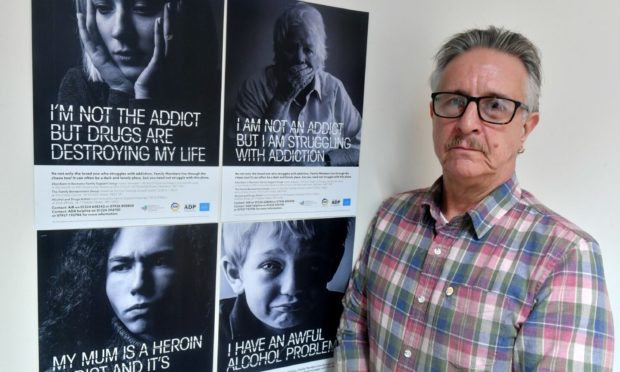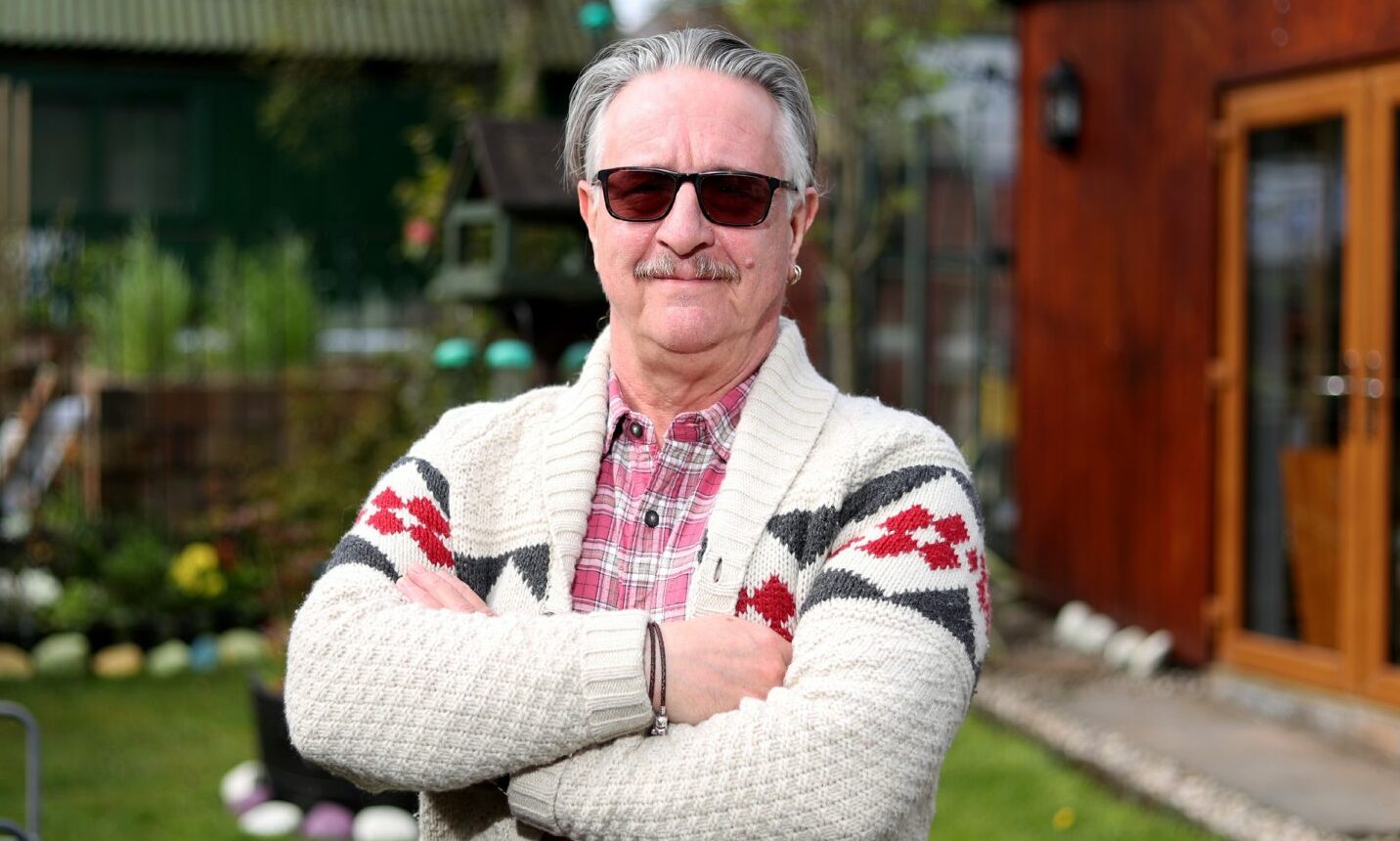We must take drug stigma “out of the shadows” if Scotland is to tackle its soaring number of deaths, health leaders in Aberdeen say.
More people died from drug use in 2020 than any other year since records began, with 1,339 lives lost to substance use.
Scotland’s rate is higher than anywhere else in Europe, with a growing trend towards “polydrug” use – where multiple substances are taken at the same time.
Demonstrations and events are taking place across the world today to mark International Overdose Awareness Day, encouraging people to seek help and learn how to care for others.
‘We need to get it out in the open’
Leaders in the recovery community, such as Alcohol & Drugs Action chief executive Fraser Hoggan, say tackling the stigma surrounding drug use is vital for moving forward.
“We shouldn’t have to hide away from it,” he said.
#endoverdose #overdoseaware #naloxone #stopthedeaths #IOAD pic.twitter.com/28o25elYwS
— Alcohol&Drugs Action (@AlcDrugsAction) August 31, 2021
“It shouldn’t be you have to quietly go down a little alleyway and knock on a door to get help.
“The drug deaths are just the tip of the iceberg.
“They’re the end result of years and years of issues, and maybe some bad choices and experiences.
“But nobody chooses to get to that point, and to die that way.”
‘Whole range’ of factors to consider
Part of this involves greater discussion around the life events and other concerns which can lead to issues with drug use.
Mr Hoggan says conversations need to be nuanced, as the issue is far from black-and-white.
He added: “A lot of individuals who die have had horrendous life experiences and made poor choices potentially along the way, maybe compounding that.
“You could be living in a toxic stress environment, or you’ve been unfortunate to suffer neglect or domestic violence or sexual abuse.
“There’s a whole range of things we know are highly represented in that group of people, as are mental health problems and physical pain and using substances to deal with it.
“We need to start opening up to those discussions instead of just saying ‘drugs are bad and therefore the people who use them are bad’.
“That’s not good enough, and it’s really not helpful in any way.”
Addiction and isolation ‘common bedfellows’
The stigma associated with drug use can often lead people to withdraw from society – in turn perpetuating their current circumstances.
Dermot Craig, from Aberdeen in Recovery, said: “This is a societal issue, and society has a part to play.
“It’s about taking it out of the cupboards and out of the shadows.
“I believe the best memorial I can offer for the loss of a loved one is to do as much as we can to reduce the occasions that can happen in the future.”
In May, Mr Craig was appointed deputy chairman of the city’s alcohol and drug partnership.
It is thought this was the first time someone in Scotland with lived experience of addiction has been promoted to such a role.
‘Societal responsibility’
He referenced a story told by a volunteer on the group’s radio show.
Mr Craig said the fears and anxieties of seeing members of the public and feeling judged by them caused him to withdraw.
He said: “It made him so insular that he would hide in hoods and with his body language.
“He would leave his house and pick up his prescription then couldn’t get back quick enough.
“That isolation was caused by him thinking ‘If I go out of this safe little bubble I am in, then I am attacked and victimised and stigmatised.
“’People are verbally and physically violent to me – I’m shunned’.”
#endoverdose #overdoseaware #naloxone #stopthedeaths #IOAD pic.twitter.com/tlwz6XCgwE
— Alcohol&Drugs Action (@AlcDrugsAction) August 31, 2021
Mr Craig added: “He was not blaming society, but said this brought him to the point of isolation and desperation that he didn’t want to be here any more.
“You have a societal responsibility to catch yourself – we can’t do anything about the first thought, that instinctive thought, but we certainly can about the second thought, which can lead to an action.
“Right across society, we have got to look at our own behaviours.”

